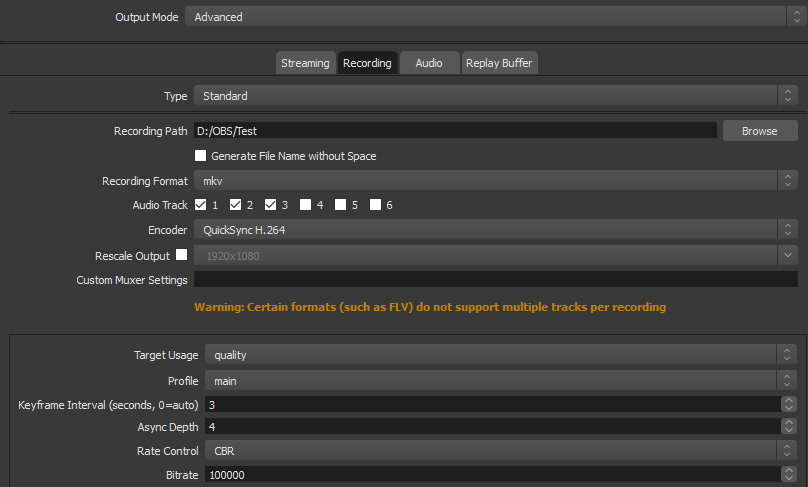
#Quicksync encoding software
This assumes your software offers Quick Sync hardware encoding. If your computer processor supports Quick Sync, you will see much faster render times. Intel Quick Sync is a hardware encoder which greatly speeds up rendering/exporting video. I am bringing up this older post for those who may not be familiar with Intel Quick Sync. I have a feeling, after reading some posts, that there is some add-in you can download that you can turn it on so the rendering will be speeded up. Most of the lower end Intel CPU support Quick Sync.
#Quicksync encoding full
Version 6 (Kaby Lake, Coffee Lake) The Kaby Lake & Coffee Lake microarchitecture adds full fixed-function H.265/HEVC Main10/10-bit encoding and decoding acceleration & full fixed-function VP9 8-bit & 10-bit decoding acceleration & 8-bit encoding acceleration." Version 5 (Skylake) The Skylake microarchitecture adds a full fixed-function H.265/HEVC main/8-bit encoding and decoding acceleration, hybrid and partial HEVC main10/10-bit decoding acceleration, JPEG encoding acceleration for resolutions up to 16,000×16,000 pixels, and partial VP9 encoding and decoding acceleration. Also, it has two independent bit stream decoder (BSD) rings to process video commands on GT3 GPUs this allows one BSD ring to process decoding and the other BSD ring to process encoding at the same time. Version 4 (Broadwell) The Broadwell microarchitecture adds VP8 hardware decoding support. This generation of Quick Sync supports the H.264/MPEG-4 AVC, VC-1 and H.262/MPEG-2 Part 2 video standards. The highest-quality TU1 setting is intended to be higher quality than Ivy Bridge's version, and the highest speed TU7 setting should be faster, higher-quality, and more battery-friendly for mobile devices. It has seven hard-coded quality/performance levels (called "target usages"), compared to the three in previous generations. Version 3 (Haswell) The Haswell microarchitecture implementation is focused on quality, with speed about the same as before (for any given clip length vs.

Version 2 (Ivy Bridge) The Ivy Bridge microarchitecture included a "next-generation" implementation of Quick Sync. " Version 1 (Sandy Bridge) Quick Sync was initially built into some Sandy Bridge CPUs, but not into Sandy Bridge Pentiums or Celerons. There are different versions of Intel Quick Sync, and each version offers different features, so some things will depend on which Intel processor your computer uses.


 0 kommentar(er)
0 kommentar(er)
